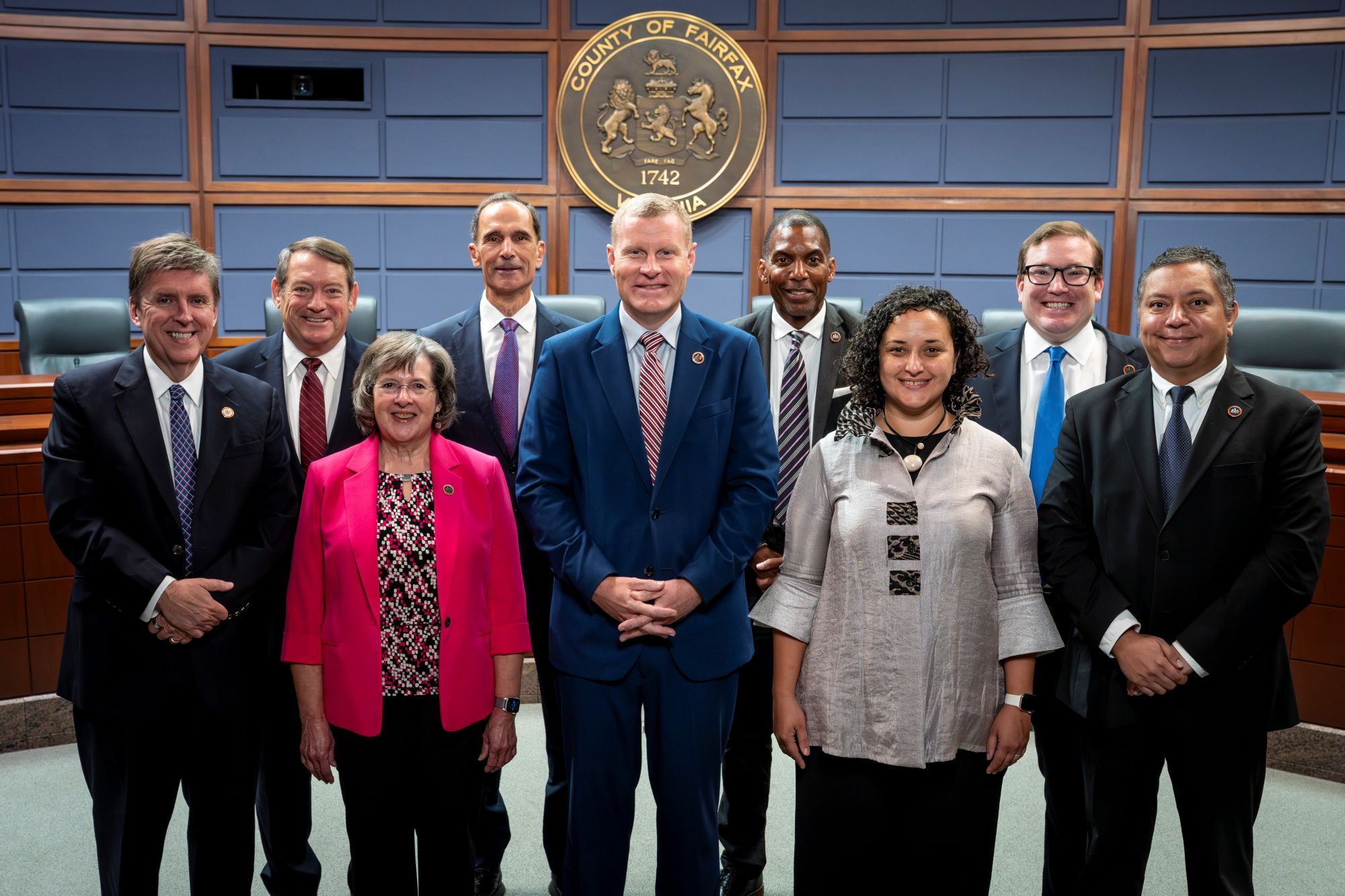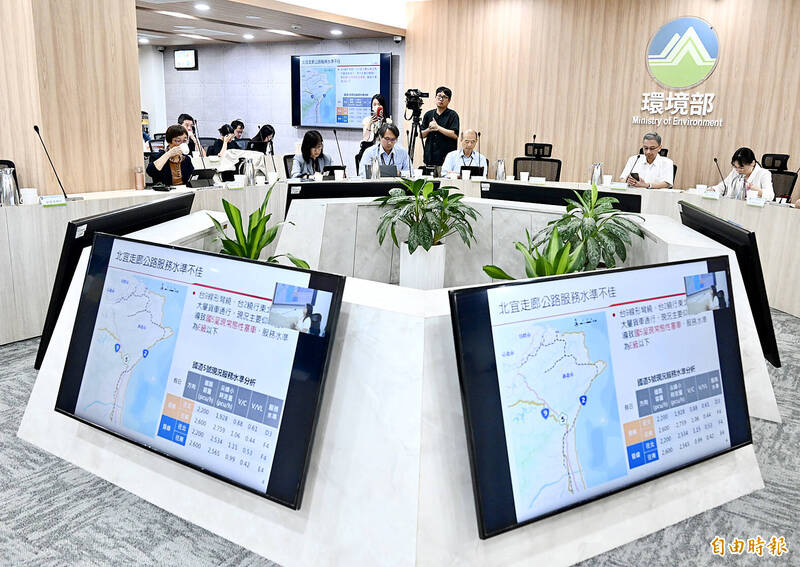
Montana Environmental Policy Group Sues State Department of Justice

The Montana Environmental Information Center (MEIC), an environmental policy group in Montana, has filed a lawsuit against the state Department of Justice (DOJ) for allegedly violating the organization’s right to know under the constitution. The lawsuit claims that the DOJ is withholding communications between the department and Teck Coal, a Canadian coal mining company whose pollution is flowing downstream to Montana.
Request for Documents
The MEIC is requesting the court to compel the DOJ, led by Attorney General Austin Knudsen, to release a privilege log and 414 documents. These documents would be reviewed by the court to determine if they should be handed over to the organization.
Concerns about Pollution
The records in question involve communications between the DOJ and Teck Coal, which owns coal mines in British Columbia near the border with northwestern Montana. The U.S. Geological Survey has reported that Teck Coal’s mining activities have caused significant increases in selenium pollution in the Elk River, which flows downstream into Lake Koocanusa.
Environmental Impact
Elevated levels of selenium can be harmful to fish and bird reproduction and disrupt the ecosystem, according to the U.S. Geological Survey and numerous other studies. The pollution caused by Teck Coal has resulted in fines and harm to fish populations in the area.
Sustainable Development Goals
- Goal 6: Clean Water and Sanitation – The pollution caused by Teck Coal’s mining activities threatens the water quality of the Elk River and Lake Koocanusa.
- Goal 14: Life Below Water – The increased selenium pollution in the water bodies poses a threat to fish populations and the overall aquatic ecosystem.
- Goal 15: Life on Land – The disruption of the ecosystem due to selenium pollution can have negative impacts on wildlife and biodiversity in the area.
Legal Proceedings
The lawsuits between the MEIC and the DOJ are ongoing in Lewis and Clark District Court. The Montana Department of Justice is an intervenor in another lawsuit filed by the Department of Environmental Quality against the Montana Board of Environmental Review regarding the selenium rule.
Violation of Right to Know
The MEIC submitted a public records request to the DOJ, but the organization claims that it received no response until much later. The DOJ then stated that there were privileged documents that needed to be searched. The organization narrowed its request, but the DOJ requested a fee for the search. After paying the fee, the MEIC was later asked to withdraw its request, with the DOJ claiming that most of the communications are protected under “common interest privilege.”
Call for Transparency
The MEIC argues that the DOJ’s refusal to provide records or a privilege log violates its right to know under the state constitution and public records laws. The organization also questions the existence of a common interest privilege between Montana’s government and a regulated foreign corporation.
Conclusion
The MEIC is seeking a court order to compel the DOJ to produce the requested documents and a privilege log for review. The organization believes that transparency is essential in holding Teck Coal accountable for its actions and protecting the environment.
SDGs, Targets, and Indicators Analysis
1. Which SDGs are addressed or connected to the issues highlighted in the article?
- SDG 6: Clean Water and Sanitation
- SDG 14: Life Below Water
- SDG 16: Peace, Justice, and Strong Institutions
The article discusses the issue of pollution caused by a Canadian coal mining company in Montana, which is connected to the goals of clean water and sanitation (SDG 6) and life below water (SDG 14). The lawsuit filed by the Montana Environmental Information Center against the state Department of Justice also raises concerns about the violation of the organization’s right to know, which relates to the goal of peace, justice, and strong institutions (SDG 16).
2. What specific targets under those SDGs can be identified based on the article’s content?
- SDG 6.3: By 2030, improve water quality by reducing pollution, eliminating dumping, and minimizing release of hazardous chemicals and materials.
- SDG 14.1: By 2025, prevent and significantly reduce marine pollution of all kinds, particularly from land-based activities, including marine debris and nutrient pollution.
- SDG 16.10: Ensure public access to information and protect fundamental freedoms, in accordance with national legislation and international agreements.
Based on the article’s content, the specific targets that can be identified are related to improving water quality (SDG 6.3), preventing marine pollution (SDG 14.1), and ensuring public access to information (SDG 16.10).
3. Are there any indicators mentioned or implied in the article that can be used to measure progress towards the identified targets?
- Indicator for SDG 6.3: Level of pollution in water bodies, specifically selenium concentrations in the Elk River and Lake Koocanusa.
- Indicator for SDG 14.1: Monitoring of marine pollution levels, including the presence of harmful materials and their impact on fish populations.
- Indicator for SDG 16.10: Compliance with public records laws and provision of documents and privilege log by the Department of Justice.
The article mentions the increase in selenium pollution in the Elk River and Lake Koocanusa caused by the coal mining company, which can serve as an indicator for measuring progress towards SDG 6.3. The harmful materials dumped by the company and their impact on fish populations can be used as an indicator for SDG 14.1. The Department of Justice’s compliance with public records laws and its provision of documents and privilege log can be used as an indicator for SDG 16.10.
4. Table: SDGs, Targets, and Indicators
| SDGs | Targets | Indicators |
|---|---|---|
| SDG 6: Clean Water and Sanitation | 6.3: By 2030, improve water quality by reducing pollution, eliminating dumping, and minimizing release of hazardous chemicals and materials. | Level of pollution in water bodies, specifically selenium concentrations in the Elk River and Lake Koocanusa. |
| SDG 14: Life Below Water | 14.1: By 2025, prevent and significantly reduce marine pollution of all kinds, particularly from land-based activities, including marine debris and nutrient pollution. | Monitoring of marine pollution levels, including the presence of harmful materials and their impact on fish populations. |
| SDG 16: Peace, Justice, and Strong Institutions | 16.10: Ensure public access to information and protect fundamental freedoms, in accordance with national legislation and international agreements. | Compliance with public records laws and provision of documents and privilege log by the Department of Justice. |
Behold! This splendid article springs forth from the wellspring of knowledge, shaped by a wondrous proprietary AI technology that delved into a vast ocean of data, illuminating the path towards the Sustainable Development Goals. Remember that all rights are reserved by SDG Investors LLC, empowering us to champion progress together.
Source: dailymontanan.com

Join us, as fellow seekers of change, on a transformative journey at https://sdgtalks.ai/welcome, where you can become a member and actively contribute to shaping a brighter future.





